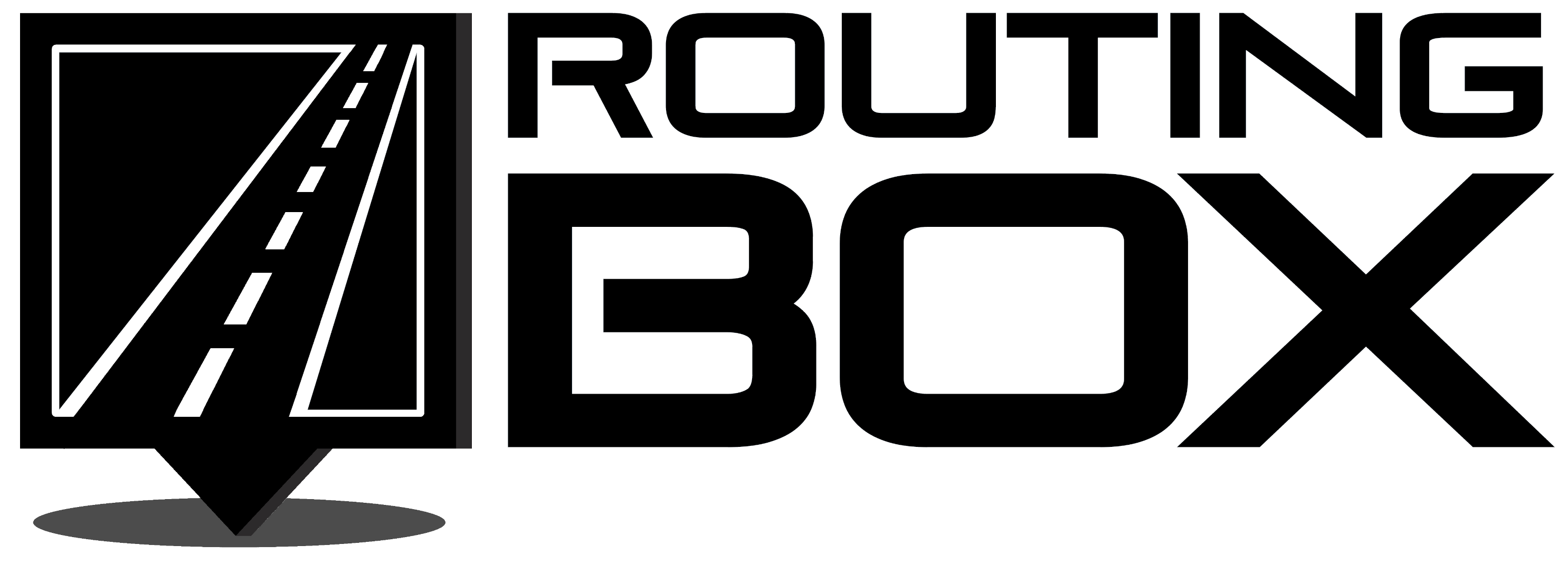BLOG
Using Data From Software to Grow Your NEMT Transportation Business
July 9, 2024
The Non-Emergency Medical Transportation (NEMT) industry is estimated to double by 2028, staying ahead requires more than just offering reliable rides. To truly excel and grow your business, you need to harness the power of data-driven insights. One of the most effective ways to achieve this is by utilizing performance metrics from dispatch management software. These metrics provide a wealth of information that can help you optimize operations, enhance service quality, and drive business growth.
Understanding Key Performance Metrics
Before delving into how these metrics can propel your business forward, it’s essential to understand the key performance metrics tracked by dispatch management software:
- On-Time Performance: Measures the percentage of rides that arrive on time.
- Trip Volume: Tracks the number of completed trips over a specific period.
- Fleet Utilization: Indicates how effectively your vehicles are being used.
- Driver Performance: Evaluates driver efficiency, including punctuality and safety records.
- Cost Per Trip: Calculates the average cost incurred per trip.
- Customer Satisfaction: Measures client feedback and ratings.
- Revenue Per Trip: Tracks the revenue generated from each trip.
- Miles Driven: Records the total miles driven by your fleet.
Optimizing Operations with Performance Metrics
1. Enhancing On-Time Performance
On-time performance is crucial in the NEMT industry. Delays can lead to missed appointments and dissatisfied clients. By closely monitoring this metric, you can identify patterns that cause delays and take corrective actions. For instance, if a particular route consistently faces traffic congestion, you can adjust schedules or find alternative routes to ensure timely arrivals.
2. Maximizing Fleet Utilization
Efficient fleet utilization means getting the most out of your vehicles. Underutilized vehicles represent wasted resources and missed opportunities. By analyzing fleet utilization metrics, you can identify underperforming assets and reallocate them to areas with higher demand. This ensures that your vehicles are always in use, maximizing their value and contributing to increased revenue.
3. Improving Driver Performance
Your drivers are the face of your NEMT business. Monitoring driver performance metrics helps you identify top performers and those who may need additional training. Rewarding high-performing drivers and providing targeted training for others can improve overall service quality and customer satisfaction. Moreover, addressing safety concerns promptly can reduce accidents and associated costs.
Reducing Costs and Increasing Profitability
4. Controlling Cost Per Trip
Keeping costs under control is vital for profitability. Dispatch management software provides detailed insights into the cost per trip, including fuel, maintenance, and labor costs. By analyzing these metrics, you can identify areas where expenses can be reduced. For instance, optimizing routes to reduce fuel consumption or implementing preventive maintenance schedules can significantly lower operational costs.
5. Boosting Revenue Per Trip
More than 1 in 5 non-senior adults without access to a car or public transit missed or skipped a medical appointment in the past year. Revenue per trip is a direct indicator of your business’s financial health. By tracking this metric, you can identify the most profitable routes and services. This information can guide strategic decisions, such as expanding services in high-revenue areas or introducing premium services. Additionally, analyzing revenue trends can help you adjust pricing strategies to maximize profitability.
Enhancing Customer Satisfaction and Retention
6. Measuring Customer Satisfaction
5.2% of the Medicaid population were delayed care because of transportation issues. Customer satisfaction is paramount in the NEMT industry. Satisfied clients are more likely to use your services again and recommend them to others. Dispatch management software allows you to collect and analyze customer feedback. By addressing common complaints and implementing suggestions, you can enhance the overall customer experience, leading to higher retention rates and positive word-of-mouth referrals.
Driving Continuous Improvement
7. Identifying Areas for Improvement
Performance metrics provide a comprehensive view of your operations, highlighting strengths and weaknesses. Regularly reviewing these metrics enables you to identify areas for improvement and implement changes proactively. For example, if certain routes consistently show lower on-time performance, you can investigate and address the underlying issues.
8. Setting Realistic Goals
Having access to accurate data allows you to set realistic and achievable goals for your business. Whether it’s improving on-time performance by a certain percentage or reducing cost per trip, performance metrics provide a benchmark to measure progress. This data-driven approach ensures that your goals are grounded in reality, increasing the likelihood of success.
Conclusion
In the competitive NEMT industry, leveraging performance metrics from dispatch management software is a game-changer. These metrics offer invaluable insights into your operations, helping you optimize efficiency, reduce costs, and enhance customer satisfaction. By continuously monitoring and analyzing these metrics, you can make informed decisions that drive business growth and ensure long-term success. Embrace the power of data and watch your NEMT transportation business thrive.
Find out more by visiting routingbox.com.
Ready for a Test Drive?
From the beginning, RoutingBox has remained committed to removing barriers for transportation companies attempting to provide access to healthcare and community services. Now, we want to help you.
